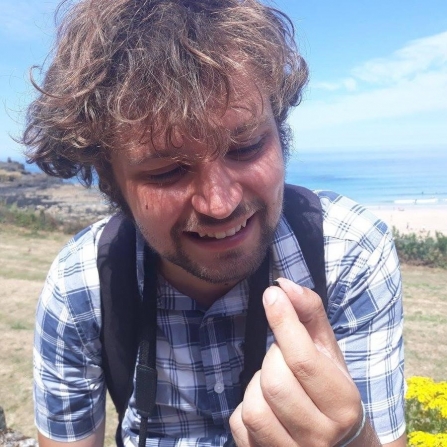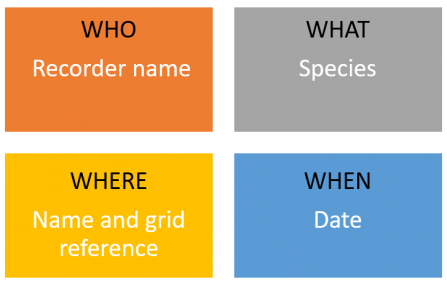Hi everyone,
Today is the first of a series of posts that I plan on doing which explores the world of biological recording. I am still working out the format of these so bear with me.
Firstly, I should introduce myself. My name is Ryan and I grew up on the edge of the Chiltern hills. I didn’t have a childhood full of rambles in the countryside, but I have always appreciated the natural world. I currently work for the Wildlife Trust for Bedfordshire, Cambridgeshire and Northamptonshire as a monitoring and research officer. The Wildlife Trust does an excellent array of structured surveys which inform the management on our reserves, but alongside this my passion lies in making sense of less structured data in the form of biological records!
I got into biological recording 10 years ago when I was 16. I used to visit a site and watch corn buntings singing, barn owls hunting, butterflies flittering in the sun. To me it was a very special site, personally and ecologically. There was very little data on the site though and there is now a housing estate where the site used to be and is ecologically poor. There had been surveys carried out as part of the planning process, but they could never encapsulate all of the wildlife that I treasured so dearly, nobody had recorded the wildlife there. Since then I have developed a particular passion for invertebrates, bryophytes and flowering plants. These groups can be easy to overlook and sometimes have no voice. But through biological recording I hope to give them a voice.



